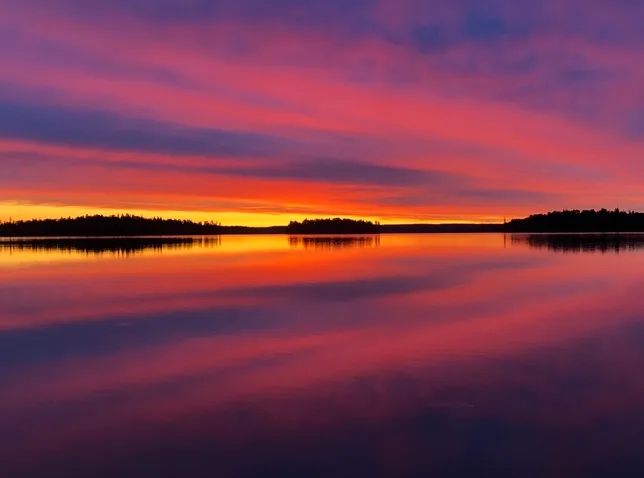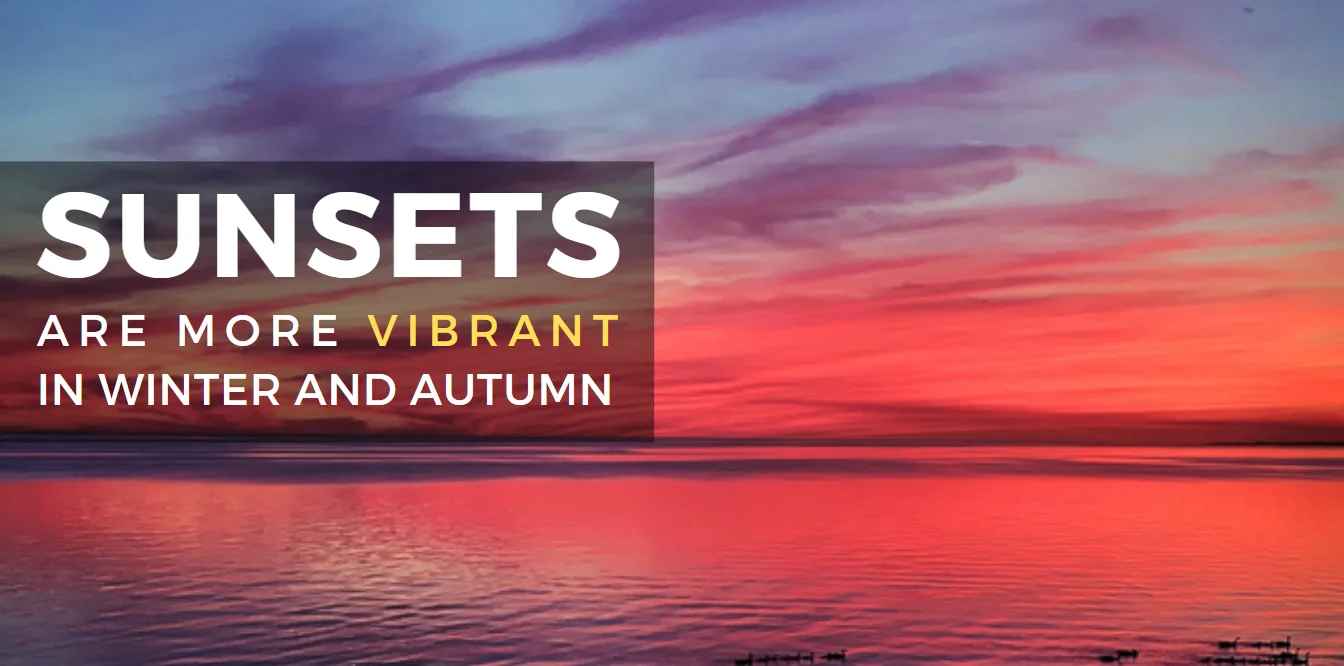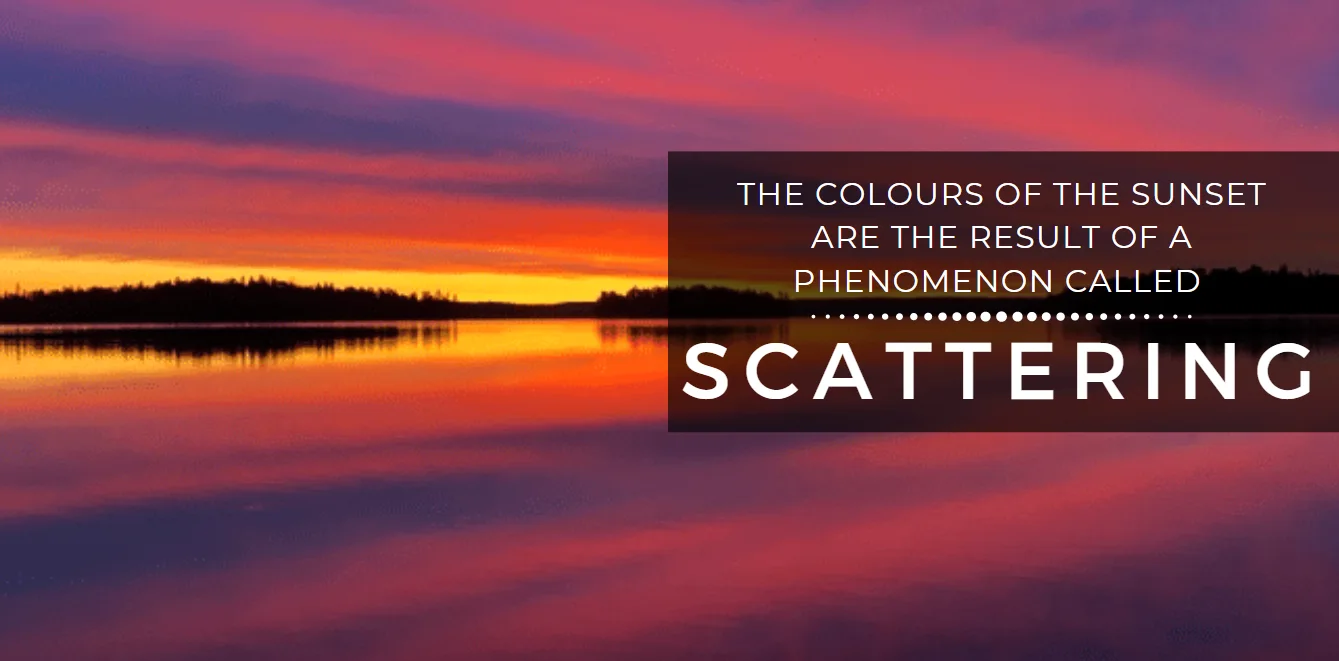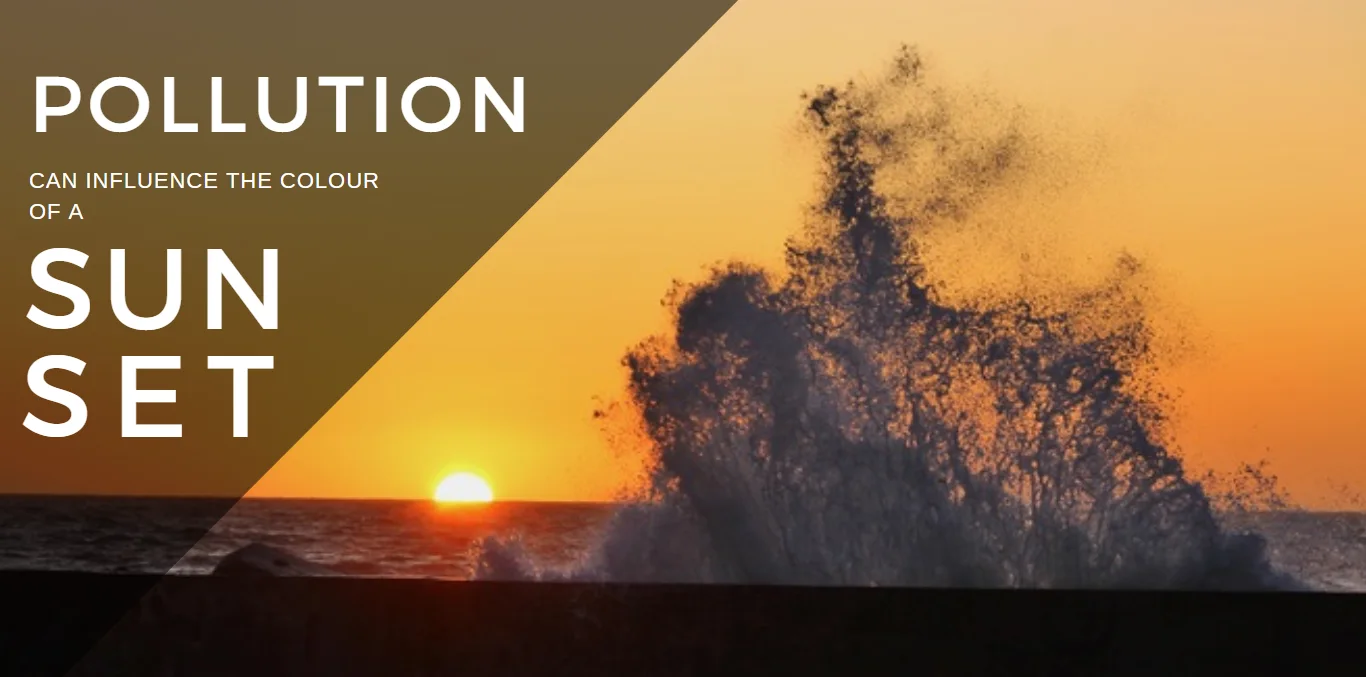
Five facts about sunsets
Here's a bit about the science behind sunsets.
Sometimes they're red, sometimes they're orange -- and some evenings, they're brighter than others.
Here are five facts about the science behind sunsets, which you can expect to be more vibrant in the months to come, now that autumn is here.

Courtesy: Julia, Georgian Bay, Ontario
Your eyes aren't playing tricks on you.
Sunsets do pop more in the winter and the fall and there are a few reasons for that according to Weather Network meteorologist Tyler Hamilton.
"First of all, dry continental air becomings much more prevalent. Cleaner air means fewer colours will be scattered out of the visible spectrum," he explains.
"So, along with your typical red and orange sunset, an incredibly vivid cotton candy pink is even a possibility. I don't know about you, but I'm rooting for that clean fall air because spectacular sunsets might just be on the horizon."
So what is scattering, anyway?

Courtesy: Ted Jordan, Pointe au Bois, Manitoba
Small particles in the atmosphere and molecules change the direction of light rays, causing them to scatter, according to UW Madison professor of meteorology Steven Ackerman.
Blue and violet light has a short wavelength, which means it is scattered more.
“Because the sun is low on the horizon, sunlight passes through more air at sunset and sunrise than during the day, when the sun is higher in the sky," Ackerman told Science Daily in 2007.
"More atmosphere means more molecules to scatter the violet and blue light away from your eyes. If the path is long enough, all of the blue and violet light scatters out of your line of sight. The other colours continue on their way to your eyes. This is why sunsets are often yellow, orange, and red.”

Courtesy: Richard Bedford, Penske, Saskatchewan
No two sunsets are alike, and part of that is due to ever-changing weather systems.
"Summer and winter sunrises and sunsets function the same way but the way in which we see them differ greatly," Weather Network meteorologist Dayna Vettese said in 2016.
"In the summer, dramatic thunderstorms can be lit up in brilliant sunset colours and create a beautiful scene. In the winter, snow squalls can be lit up by the setting sun. In the summer, there tends to be a more muted tone to sunrise and sunset due to the existence of more moisture and pollution. In the winter, we tend to see more vibrant sunrises and sunsets due to drier and clearer air."

Courtesy: Mandy Brown, Powell River, B.C.
Clouds that are higher in the atmosphere, like cirrus and altocumulus layers tend to produce more vivid sunset colours that lower clouds, such as stratus or stratocumulus, writes Stephen F. Corfidi of the NOAA/NWS Storm Prediction Center.
"Some of the most beautiful sunrises and sunsets feature solid decks of middle or high clouds that cover the entire sky except for a narrow clear strip," he writes, adding there is some truth to the saying: "Red sky at night, traveler's delight; Red sky in morning, traveler take warning":
"When viewed at sunrise, a sky of this type implies that the weather is likely to deteriorate as the mid- and upper-level moisture continues eastward. At sunset, of course, the opposite is true."

Courtesy: Clifford Doran, St. Shotts, NL
It turns out smog can affect sunsets, according to Corfidi.
"Large particles in the lower atmosphere tend to mute and muddy the colours [of a sunset] because they absorb more light and scatter all the wavelengths more or less equally, so you don't get that dramatic filtering effect," he told National Geographic.
"In areas with a lot of haze, you don't typically see the types of sunsets that are likely to appear on a wall calendar."
